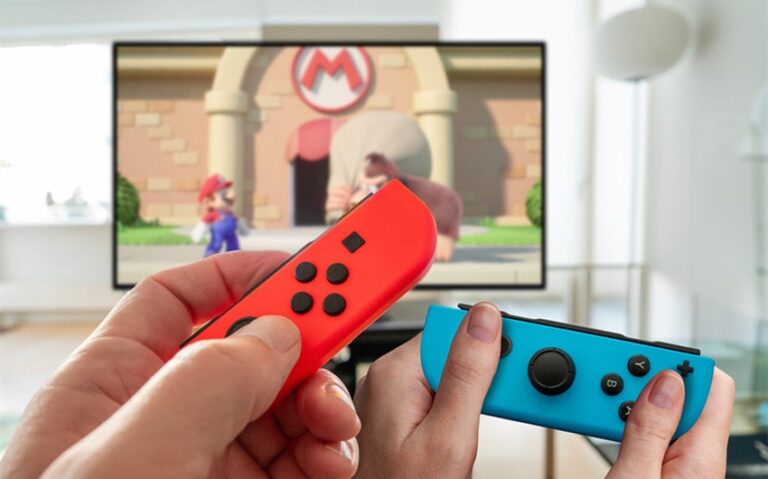How Do You Reply to Grazie in Italian? Friendly, Polite, and Natural Responses Explained
When you ask, “How do you reply to grazie in Italian?” you’re really asking how to sound natural, polite, and confident when someone thanks you in Italian. Whether you’re traveling in Italy, learning the language, or chatting with Italian friends, knowing the right response helps you fit in and communicate smoothly. Italians appreciate warmth, friendliness, and good manners, and choosing the right phrase can make conversations feel effortless and authentic.
Below, you’ll find a full, detailed guide — more than 900 words — that breaks down how to respond to grazie in different situations, from casual interactions to more formal ones.
The Most Common Response: “Prego”
If someone says grazie, the most typical and widely used reply is:
Prego
This one word is simple, polite, and fits almost every situation. Italians use prego constantly — at cafés, restaurants, stores, in conversations with friends, or even when holding the door open for someone.
Prego directly translates to:
- “You’re welcome”
- “No problem”
- “Don’t mention it”
It’s the safest and most natural response, especially if you’re still learning Italian.
But Italian isn’t a one-size-fits-all language. There are many other beautiful ways to reply depending on tone, emotion, or context.
Casual Responses to Grazie
When someone says grazie in a relaxed, everyday situation — like a friend thanking you for passing the salt or helping with a small task — you can use these friendly replies:
“Di niente”
This literally means “it’s nothing.”
It’s casual, warm, and commonly used among friends.
“Figurati”
This means “don’t worry about it” or “not at all.”
It’s informal and shows friendliness.
Use it with people you know well — not in formal situations.
“Ma figurati!”
A more expressive version of figurati, often said with a smile or playful tone.
“Nessun problema”
Just like in English: “No problem.”
Casual, easy, and friendly.
“Non c’è di che”
A slightly old-fashioned but still charming way to say “there’s nothing to thank me for.”
It’s polite but sounds a bit more formal than di niente.
Polite and Formal Replies
If you’re speaking to someone older, a stranger, a waiter, or in a professional setting, choose a response that sounds respectful.
“Prego, è un piacere”
“You’re welcome, it’s a pleasure.”
Warm, polite, and very Italian.
“È stato un piacere”
“It was a pleasure.”
Lovely to use when you’ve genuinely done something kind or meaningful.
“Non c’è di che, signore/signora”
Adds respect when addressing men or women formally.
“Si figuri”
A formal alternative to figurati.
Use this in business situations or when speaking respectfully to someone older.
Warm and Friendly Responses
Sometimes you want to respond in a way that sounds more personal, affectionate, or enthusiastic. These replies show warmth and friendliness:
“Con piacere!”
“With pleasure!”
A cheerful response that expresses genuine kindness.
“Sempre per te!”
“Always for you!”
Use this with close friends, family, or someone special.
“Ma certo!”
“Of course!”
A light and reassuring way to respond when someone thanks you.
“Felice di aiutarti!”
“Happy to help you!”
Kind and sincere — great when you’ve done something helpful.
“Non devi ringraziarmi!”
“You don’t need to thank me!”
Warm and generous.
Flirty or Playful Replies
If you’re talking to someone you like and want to add a fun or sweet tone, here are charming replies that still sound natural:
“Per te, sempre.”
“For you, always.”
Romantic and classic.
“È un piacere aiutarti… davvero.”
“It’s a pleasure to help you… truly.”
Soft, gentle, and slightly flirty.
“Basta che poi mi offri un caffè!”
“As long as you buy me a coffee later!”
Playful, fun, and very Italian.
“Il tuo grazie vale doppio.”
“Your thank-you counts double.”
Cute and clever.
How to Reply When Texting or Messaging
Text conversations in Italian can be more relaxed. Here are digital-friendly replies:
“Prego 😊”
Simple and sweet.
“Figurati! 😄”
Friendly and casual.
“Nessun problema!”
A quick, easy reply that’s perfect for texting.
“Sempre qui!”
“Always here!” — a supportive phrase for friends.
“Di nulla, davvero.”
“Really, it’s nothing.”
Messages often include emojis, which Italians love for expressing warmth or friendliness.
Cultural Tips: How Italians Use Grazie and Prego
To fully understand how to reply, it helps to know how Italians use grazie in everyday life.
Here are a few cultural notes:
1. Italians say “grazie” often and enthusiastically
Whether receiving change at a store or when someone holds the elevator, you’ll hear grazie everywhere.
2. “Prego” has many uses
Besides “you’re welcome,” prego can mean:
- “After you”
- “Go ahead”
- “How can I help you?” (in stores)
- “Come in” (when someone knocks)
3. Tone matters
Even the simplest reply sounds good if said kindly. Italians communicate warmth with voice and gestures.
4. Don’t overthink it
Even if you only use prego, Italians appreciate the effort.
When Not to Reply with “Prego”
There are moments when prego might sound too formal, stiff, or unnatural. Avoid it when:
- You’re talking with close friends
- A child says thank you
- Someone thanks you casually for something tiny
- The conversation is playful or joking
In those cases, figurati, di niente, or nessun problema feel more natural.
How to Choose the Right Response
If you’re unsure which phrase to use, follow this simple guide:
For strangers or formal settings → Prego or È un piacere
For friends or casual situations → Di niente or Figurati
For respectful or business interactions → Si figuri
For something heartfelt → Con piacere
For flirty or playful messages → Per te, sempre
Choose the reply that matches the tone and your comfort level.
Examples of Real-Life Situations
Here are practical examples of how to respond depending on context:
In a restaurant
Customer: Grazie per il servizio!
You: Prego, è stato un piacere.
With a friend who thanks you for advice
Friend: Grazie di tutto!
You: Figurati, sono sempre qui.
At work
Colleague: Grazie per il tuo aiuto.
You: Si figuri, è un piacere collaborare.
With someone you like
Them: Grazie per il messaggio.
You: Per te, sempre.
Final Thoughts
So, how do you reply to grazie in Italian? The classic and universal answer is prego, but the magic of Italian lies in its variety. Depending on the situation, you can be polite, warm, funny, formal, or flirty — all while sounding completely natural.
Learning these responses not only helps your Italian sound more authentic but also deepens your understanding of Italian culture and communication.
Whether you’re talking to a stranger in Rome, messaging a friend from Milan, or practicing Italian at home, you now have the confidence to reply to grazie with style and ease.





